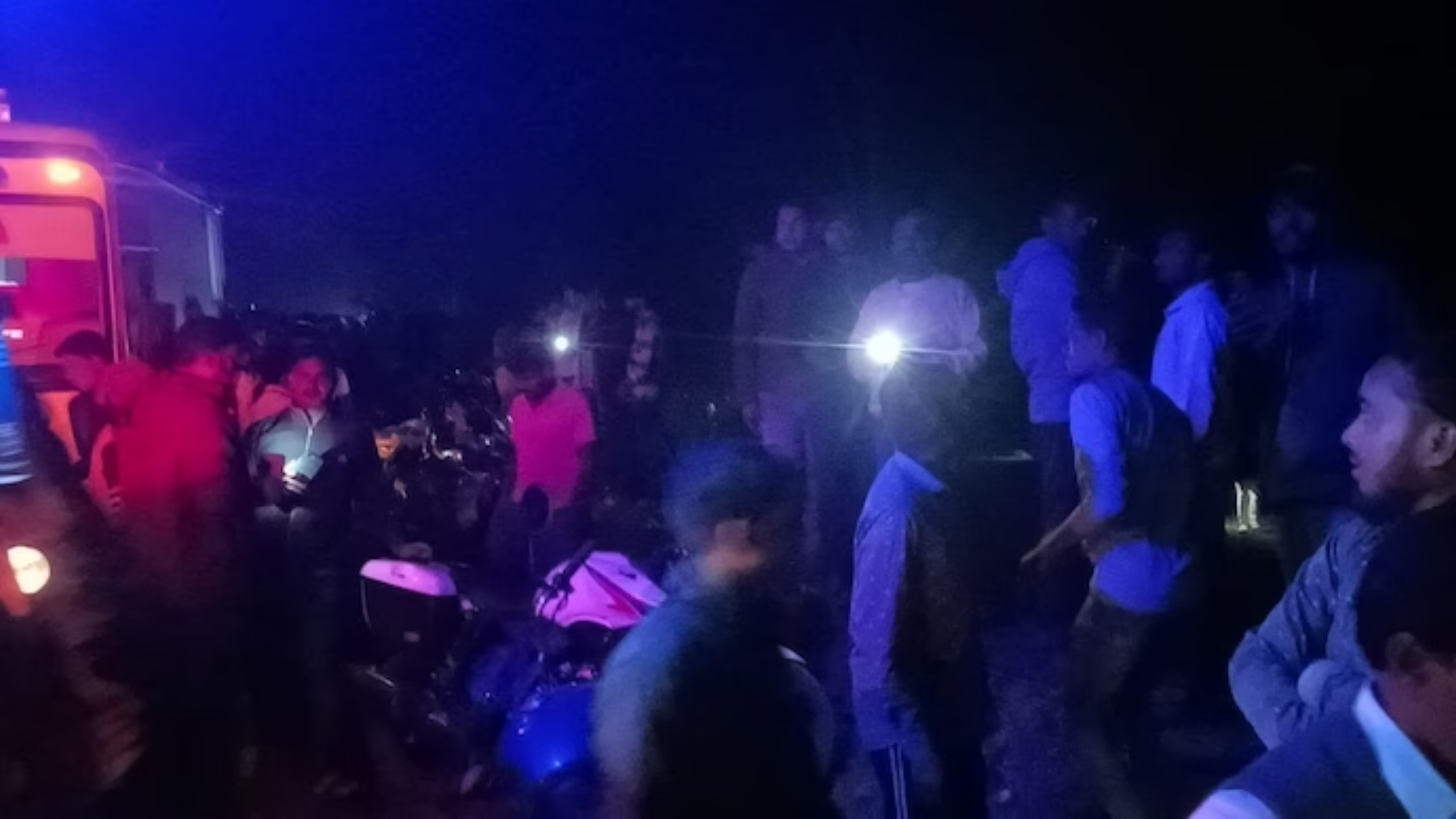
Tragic Storm In The North: Two Lives Lost And Dozens Injured
Unraveling the Devastating Impact
A catastrophic storm has wreaked havoc across the northern region, leaving behind a trail of destruction and heartbreak. The relentless fury of nature has claimed the lives of two individuals and left dozens injured, underscoring the immense power and volatility of weather systems.
According to official reports, the storm unleashed torrential rainfall, powerful wind gusts, and electrical strikes, causing widespread flooding, downed trees, and structural damage. Emergency responders have been tirelessly working to rescue trapped residents, restore essential services, and provide aid to those affected.
Perspectives and Data Points
The storm has sparked diverse reactions and perspectives. Some residents have expressed gratitude for the heroic efforts of first responders and community members who have come together to support one another in this trying time. Others have voiced concerns about the adequacy of infrastructure and emergency preparedness measures, calling for a reevaluation of resilience strategies.
Data gathered by weather stations and satellite imagery reveals that the storm exceeded historical precipitation records for the region. The sustained high winds created widespread power outages, disrupting communication and essential services for thousands of residents.
Real-Life Examples
The storm has had a profound impact on individuals and communities. In one particularly heart-wrenching incident, a young couple lost their lives after their car was swept away by floodwaters. The tragedy has sent shockwaves through the community and serves as a somber reminder of the unpredictable nature of extreme weather.
In another instance, a local hospital was forced to evacuate patients as floodwaters inundated the lower floors. Staff worked tirelessly to transfer vulnerable individuals to higher levels, ensuring their safety and well-being amidst the chaos.
Critically Analyzing Perspectives
The storm has sparked a debate about the balance between human intervention and the forces of nature. Some argue that infrastructure improvements and expanded flood control systems are essential to mitigate future risks. Others emphasize the importance of promoting community resilience and educating residents on emergency preparedness measures.
While technological advancements can undoubtedly enhance our ability to respond to natural disasters, it is important to recognize that absolute protection against extreme weather events is unattainable. Instead, a holistic approach that combines infrastructure upgrades with community engagement and education is crucial.
Engaging with Research
Numerous journal articles and reports have examined the complexities of natural disasters and their impact on human societies. A study published in "Nature" found that the frequency and intensity of extreme weather events are increasing due to climate change, exacerbating risks to both life and property.
Another study, published in the "International Journal of Disaster Risk Reduction," emphasized the importance of community engagement in disaster preparedness. The research found that communities that actively participate in disaster planning and training are more resilient to the impacts of natural hazards.
Broader Implications
The tragic storm in the north serves as a wake-up call for communities across the region and beyond. It underscores the urgent need to prioritize resilience and preparedness measures, while also exploring innovative ways to mitigate the effects of climate change.
By investing in resilient infrastructure, promoting community engagement, and embracing scientific research, we can strive to reduce the risks associated with natural disasters and create more resilient communities for the future.
Conclusion
The tragic storm in the north has left an indelible mark on the region, reminding us of the devastating power of nature. As we mourn the loss of lives and grapple with the aftermath, it is imperative that we critically examine the complexities of this event and engage in informed discussions about the steps we can take to mitigate future risks.
By embracing resilience, collaboration, and scientific understanding, we can honor the lives lost and work towards creating a safer and more resilient future for all.
Post a Comment